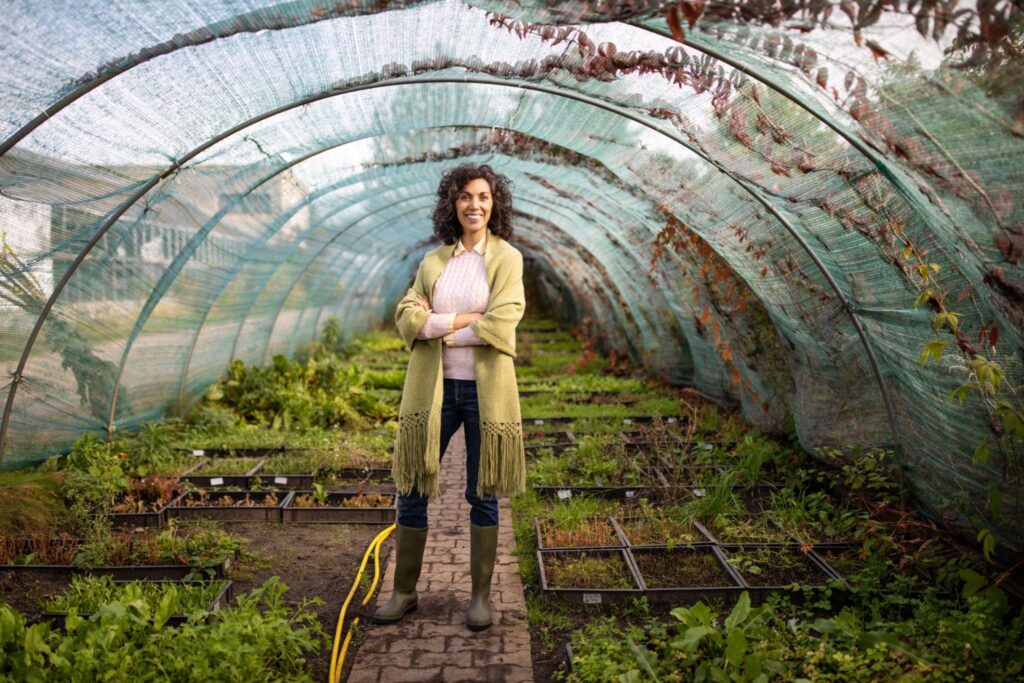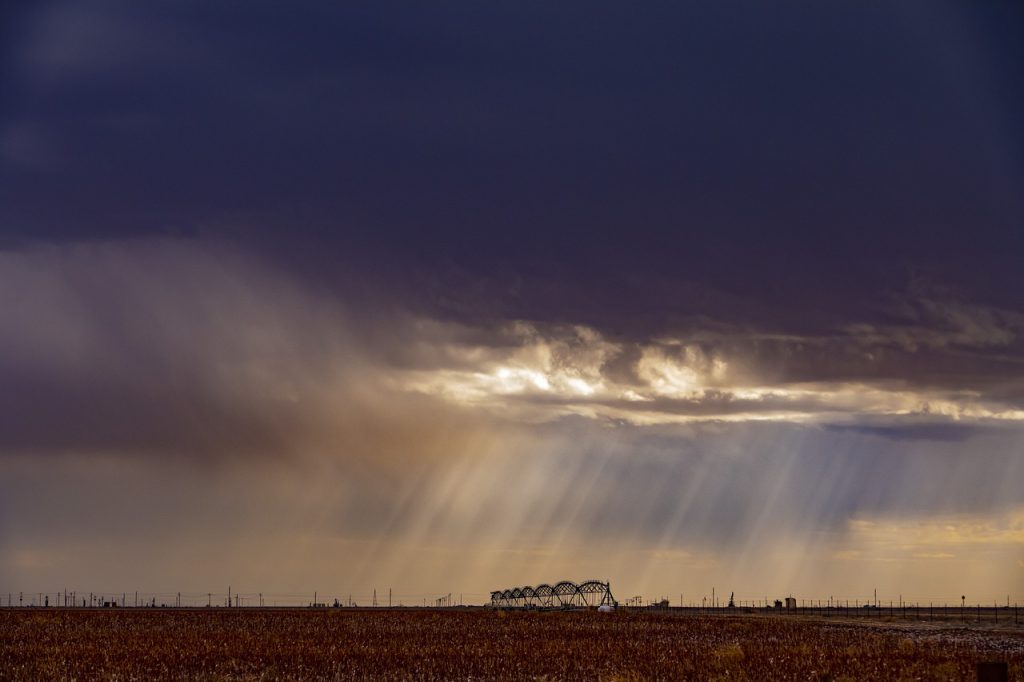Deserts are among the most extreme and challenging environments on Earth, with limited water, nutrients, and other resources. However, with the growing global demand for food, the need to feed an increasing population, and the impact of climate change on traditional agricultural practices, the idea of growing crops in the desert is gaining traction among farmers, researchers, and entrepreneurs. In this article, we will explore the challenges, opportunities, and future prospects of desert agriculture. So Can We Grow Crops in a Desert? Let’s Discuss this.
Challenges of Desert Agriculture
As mentioned earlier, desert agriculture faces several challenges, including:
- Water scarcity: Most deserts receive little rainfall, and the water that is available is often brackish or saline, which can be toxic to plants. To overcome this challenge, farmers use techniques such as drip irrigation, which delivers water directly to the roots of plants and reduces evaporation, and desalination, which removes salt from water to make it suitable for irrigation.
- Soil quality: Desert soils are often sandy, rocky, and low in organic matter and nutrients, which can limit plant growth and yield. To improve soil quality, farmers use techniques such as mulching, which adds organic matter to the soil and reduces erosion, and soil amendments, which add essential nutrients such as nitrogen, phosphorus, and potassium to the soil.
- Extreme temperatures: Desert temperatures can range from scorching hot during the day to freezing cold at night, which can stress plants and affect their metabolism and growth. To mitigate this challenge, farmers use techniques such as shading, which reduces the amount of direct sunlight that plants receive and protects them from sunburn and dehydration, and cooling systems, which use fans, misters, or evaporative cooling to lower the temperature around plants.
- Pest and disease pressure: Deserts may seem inhospitable to pests and diseases, but some insects, rodents, and fungi can thrive in these environments and pose a threat to crops. To prevent or control pest and disease outbreaks, farmers use techniques such as crop rotation, which alternates different crops in the same field to break the pest and disease cycle, and biological control, which uses natural predators or pathogens to target specific pests or diseases.
Opportunities of Desert Agriculture
Despite these challenges, desert agriculture offers several opportunities for farmers, entrepreneurs, and policymakers. Some of these include:
- Food security: By growing crops in the desert, farmers can diversify their income sources and contribute to local and global food security. Desert agriculture can also reduce dependence on imported food and mitigate the impact of climate change on traditional agriculture.
- Water conservation: By using efficient irrigation techniques and water-saving technologies, desert agriculture can help conserve water resources and reduce the pressure on freshwater sources. In some cases, desert agriculture can even use non-conventional water sources such as treated wastewater or saline groundwater, which would otherwise go to waste.
- Innovation and entrepreneurship: Desert agriculture requires innovation and creativity, as well as collaboration between different stakeholders. Entrepreneurs can explore new business models, such as vertical farming, hydroponics, or agroforestry, that can make desert agriculture more productive, profitable, and sustainable.
- Environmental benefits: Desert agriculture can have environmental benefits, such as reducing soil erosion, enhancing biodiversity, and sequestering carbon. Desert crops such as cacti, succulents, and acacias can also provide ecosystem services such as soil conservation, habitat restoration, and carbon sequestration.
Read our article How to Prevent Pests in Your Garden: Tips and Tricks for a Healthy and Thriving Garden
Future Prospects of Desert Agriculture
As the world’s population continues to grow, and the impacts of climate change intensify desert agriculture is likely to play an increasingly important role in global food systems. However, its success will depend on several factors, such as
- Investment in research and development: To overcome the challenges of desert agriculture and capitalize on its opportunities, more investment is needed in research and development. This can include developing new crop varieties that are more drought-tolerant, heat-resistant, and pest-resistant, as well as improving soil and water management practices and developing innovative farming systems.
- Policy support: Desert agriculture can benefit from supportive policies at the local, national, and international levels. This can include incentives for farmers to adopt sustainable farming practices, regulations to ensure the quality and safety of desert crops, and investment in infrastructure such as water supply, energy, and transportation.
- Collaboration and knowledge sharing: Desert agriculture requires collaboration and knowledge sharing between different stakeholders, such as farmers, researchers, policymakers, and investors. This can include networks for exchanging information and best practices, platforms for sharing data and technology, and partnerships for co-designing and co-implementing desert agriculture projects.
Conclusion
Growing crops in the desert is not easy, but it is possible with the right combination of techniques, technologies, and policies. Desert agriculture can provide opportunities for food security, water conservation, innovation, and environmental sustainability, but it also faces challenges such as water scarcity, soil quality, extreme temperatures, and pest and disease pressure. The future of desert agriculture depends on our collective efforts to invest in research and development, support sustainable policies, and collaborate and share knowledge across different sectors and regions.


